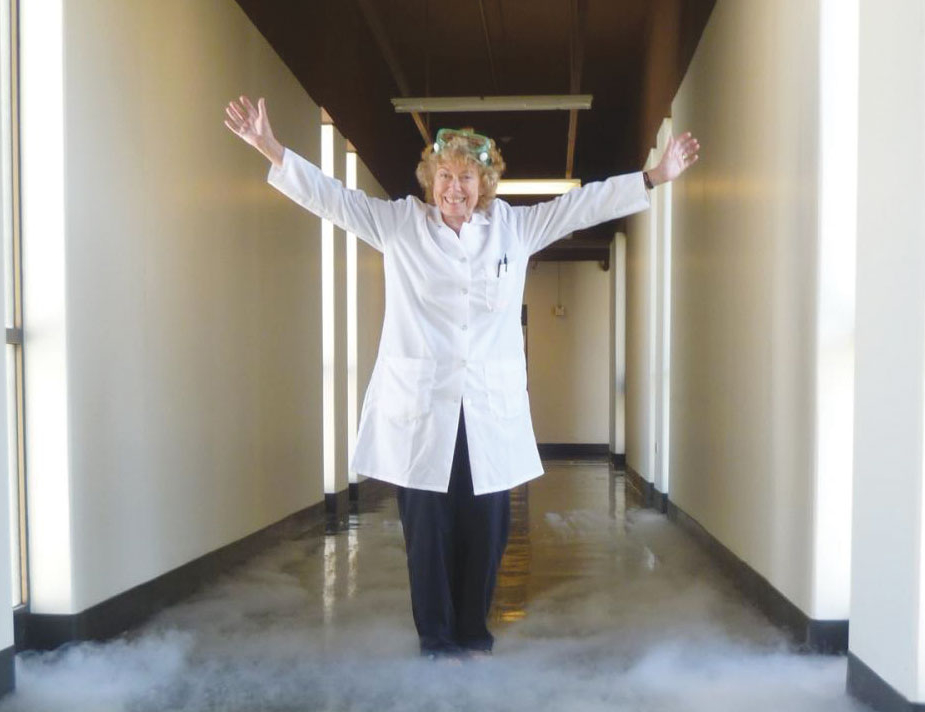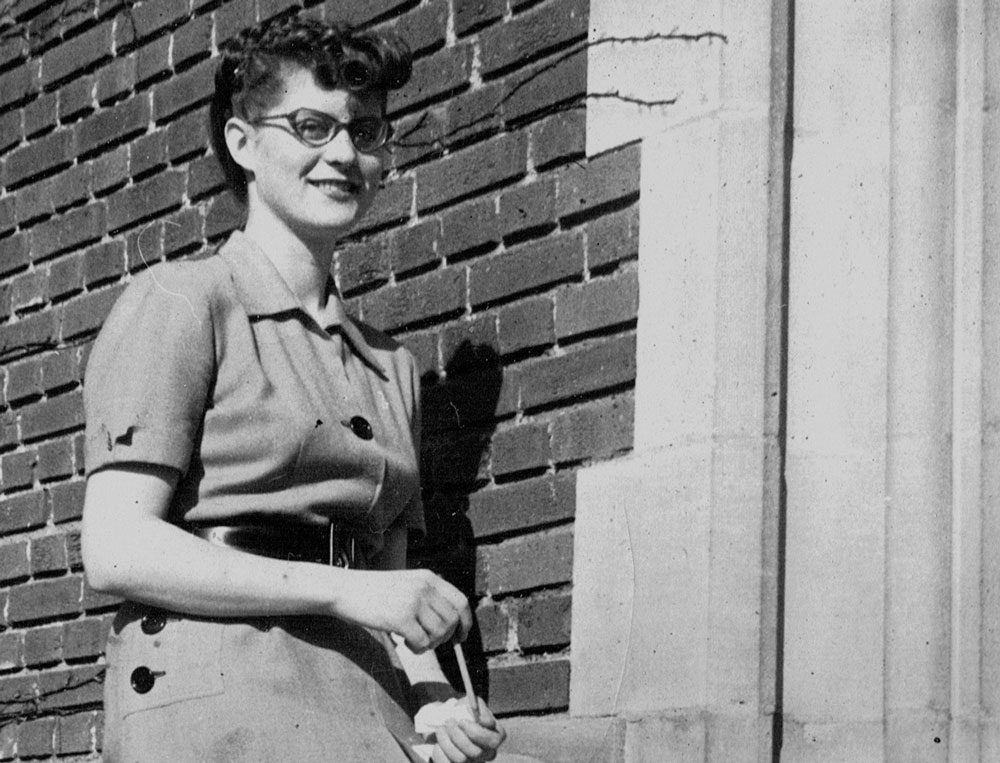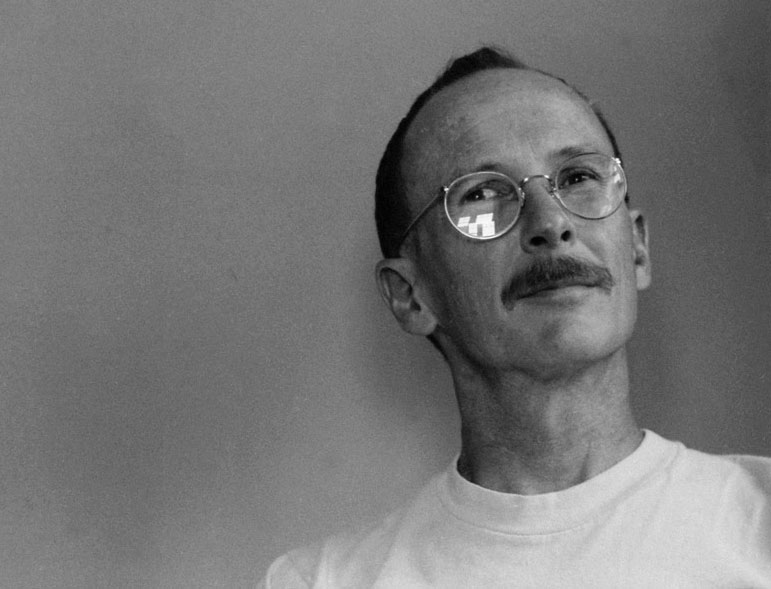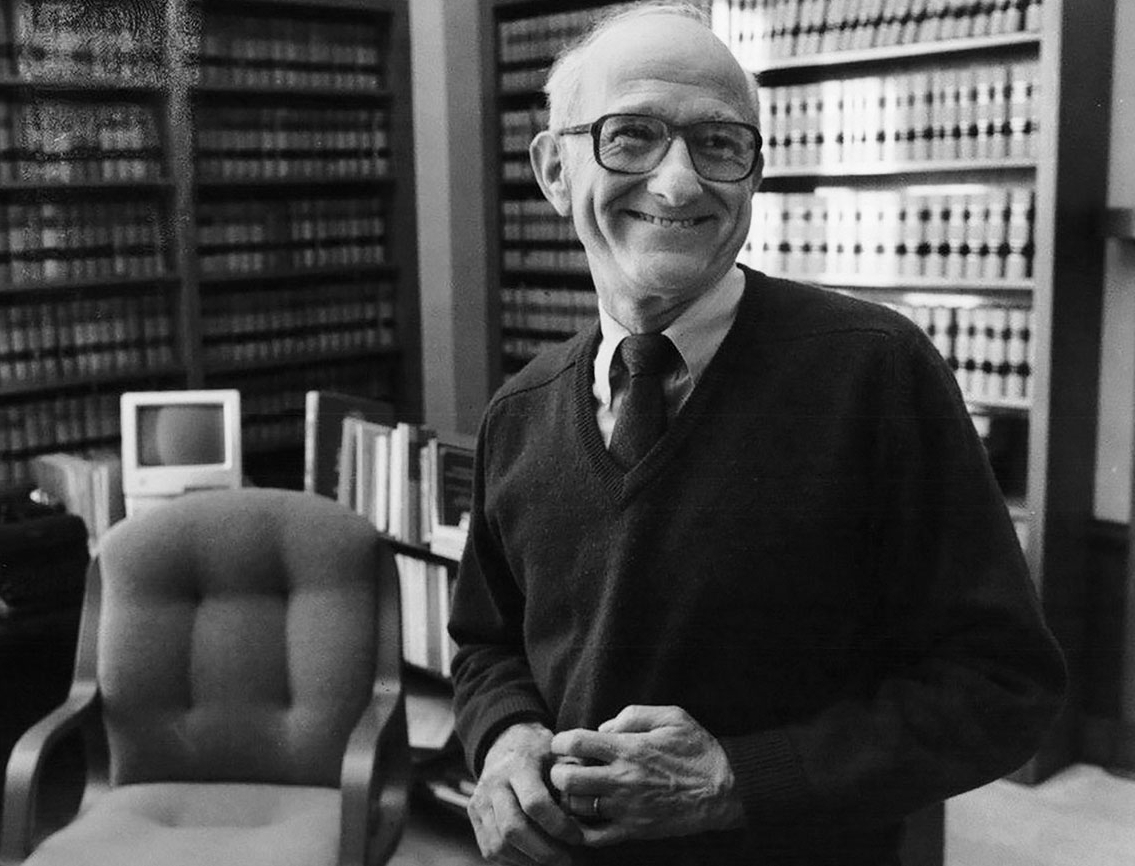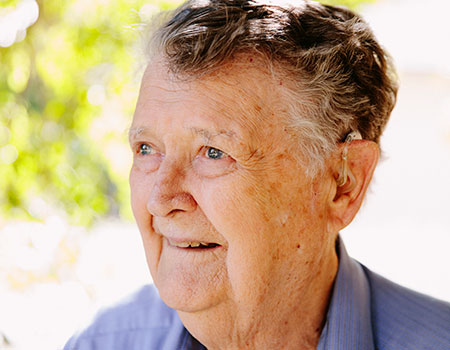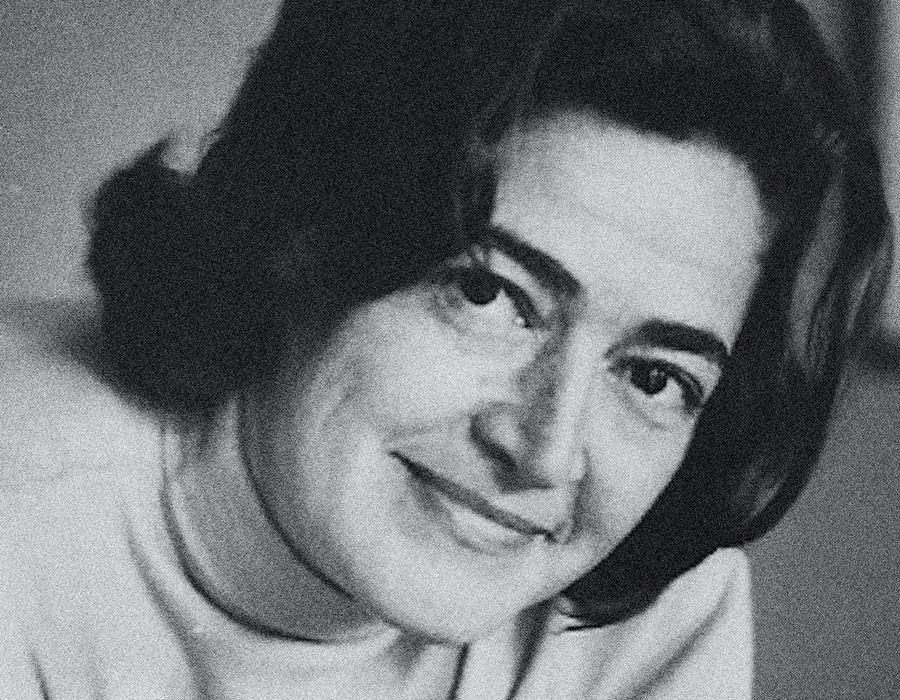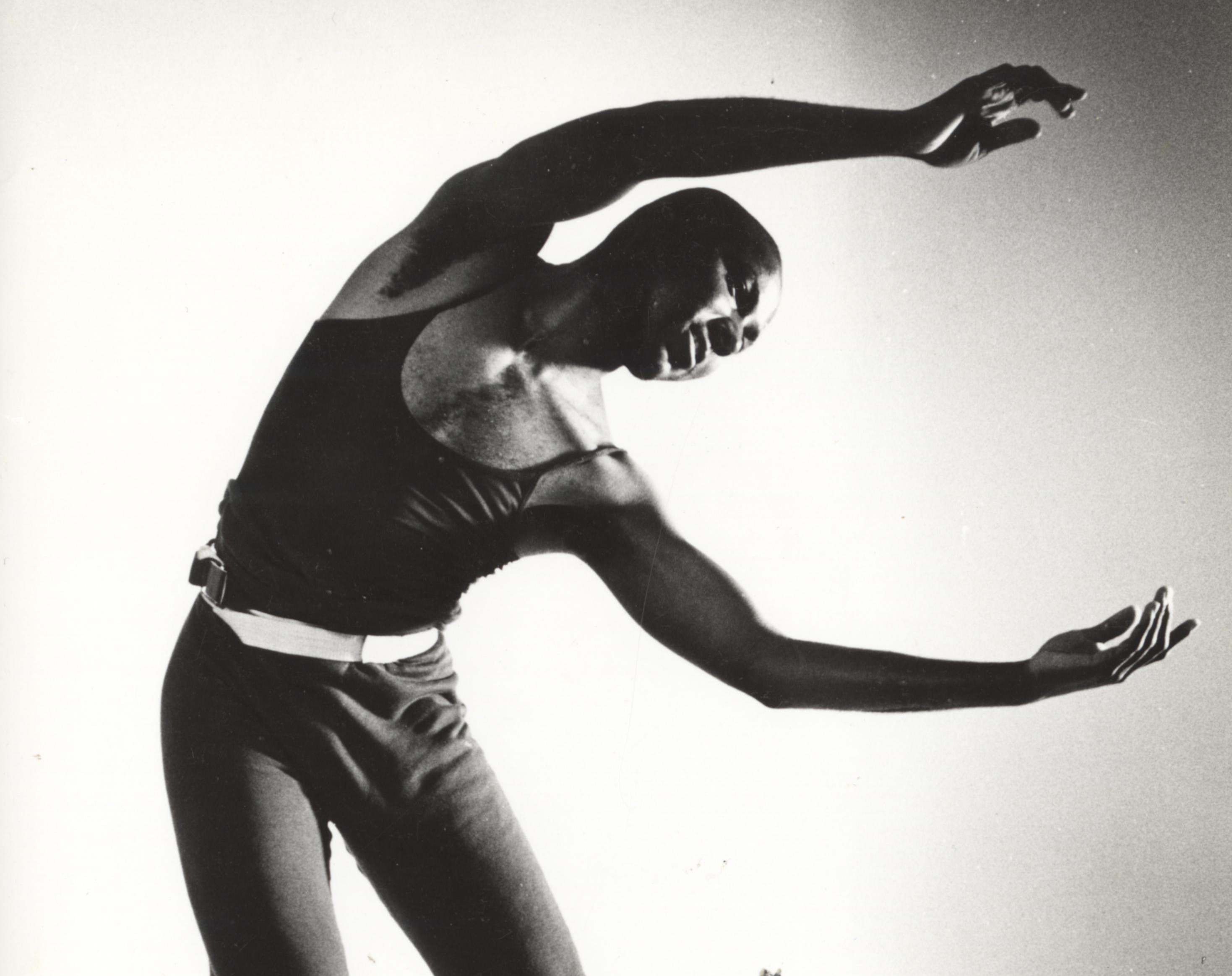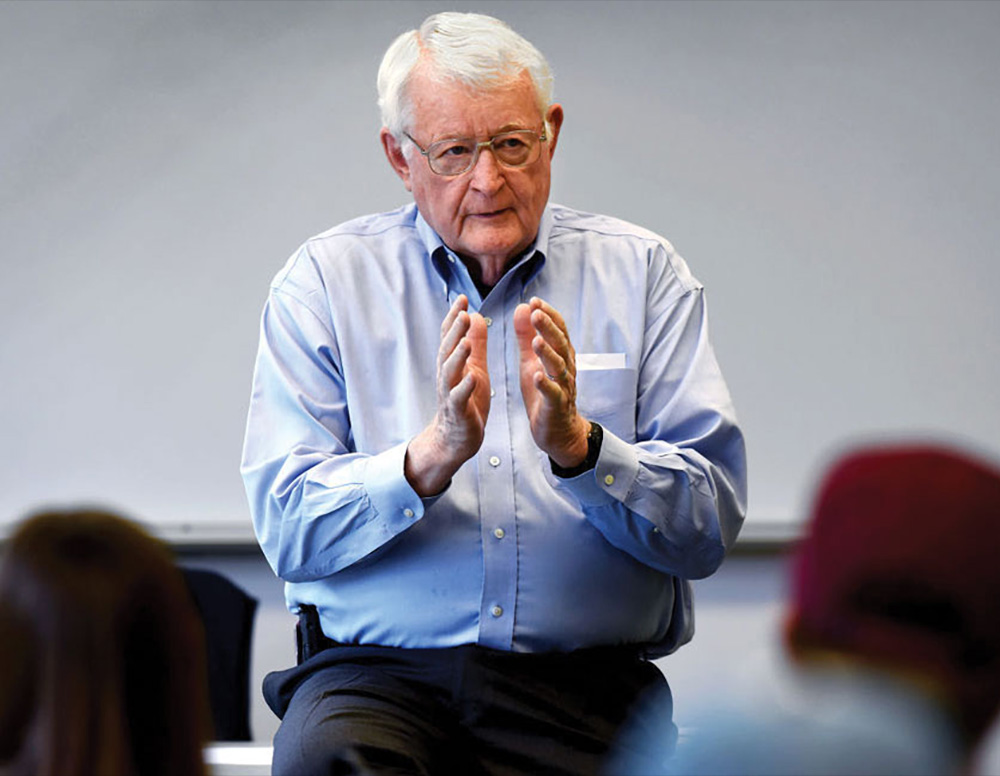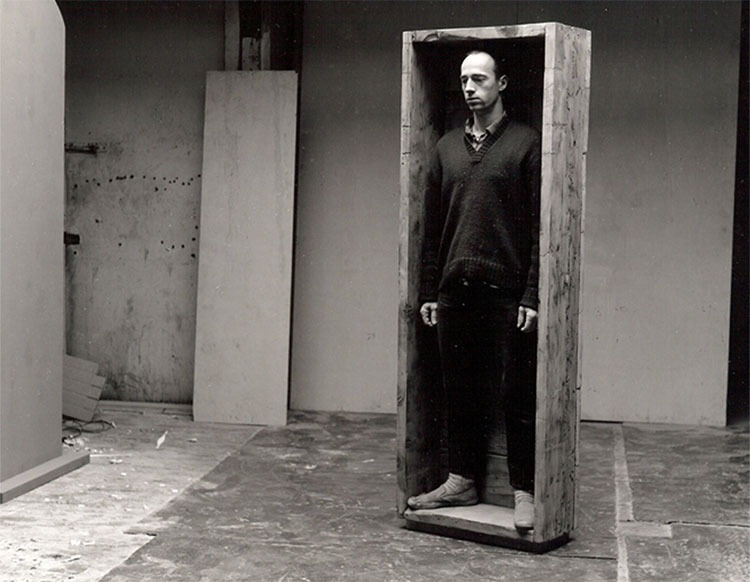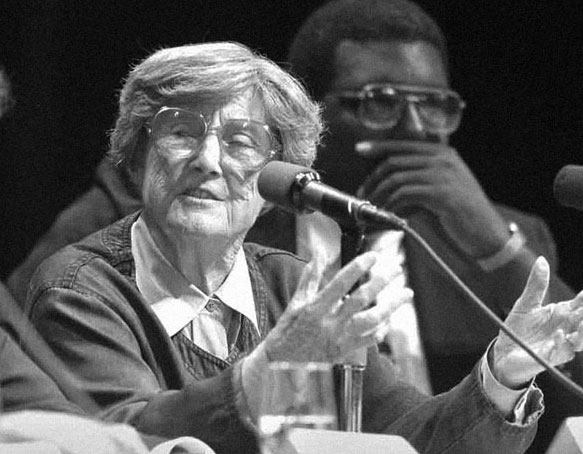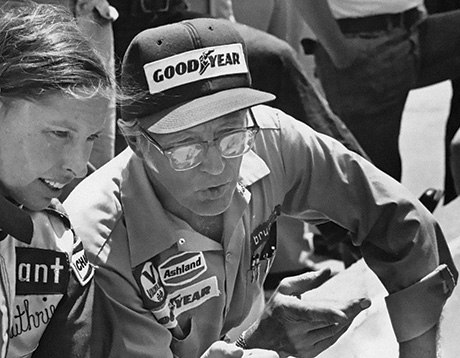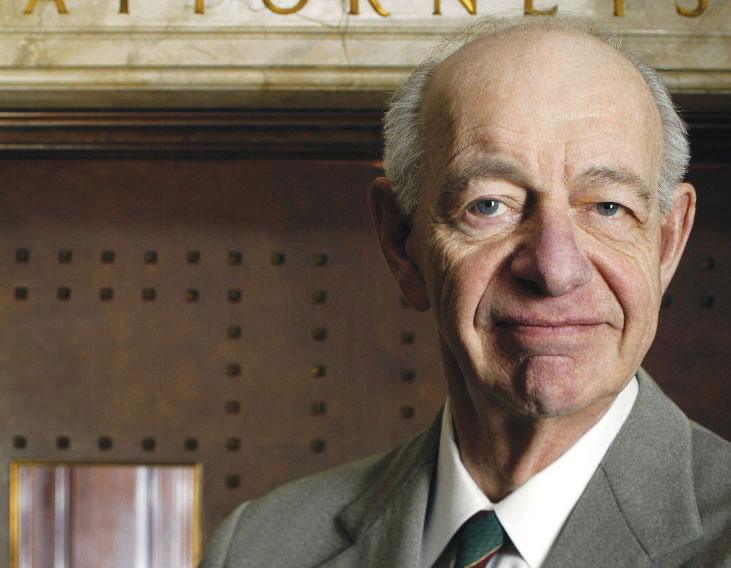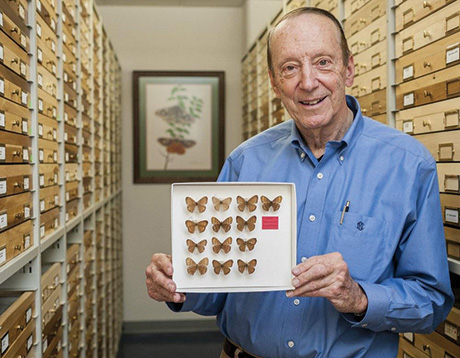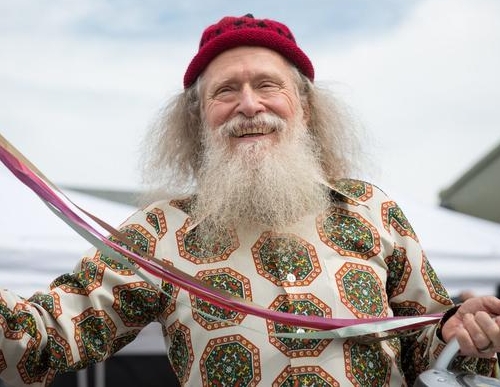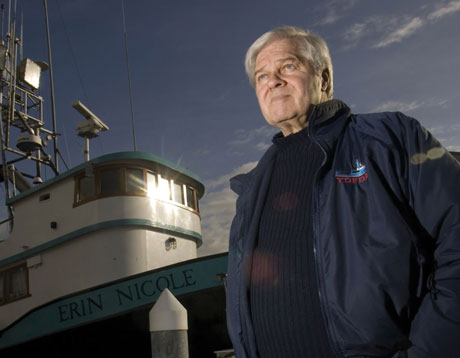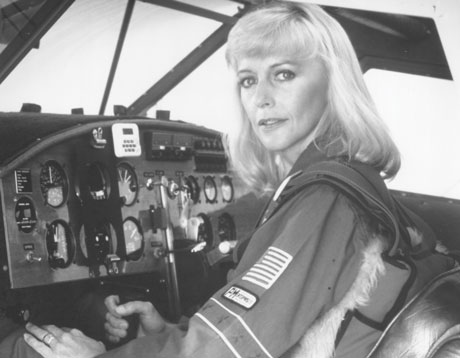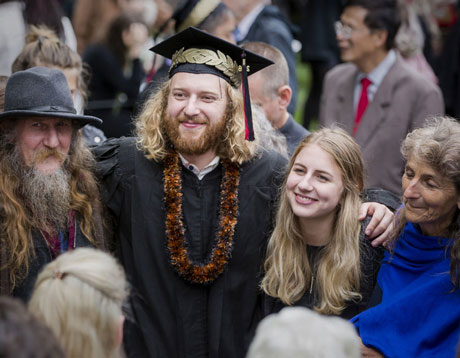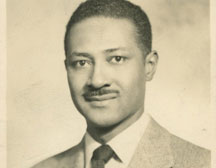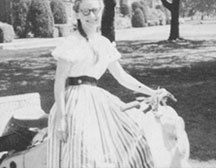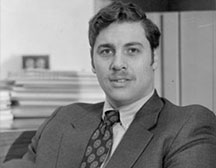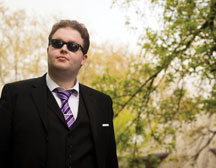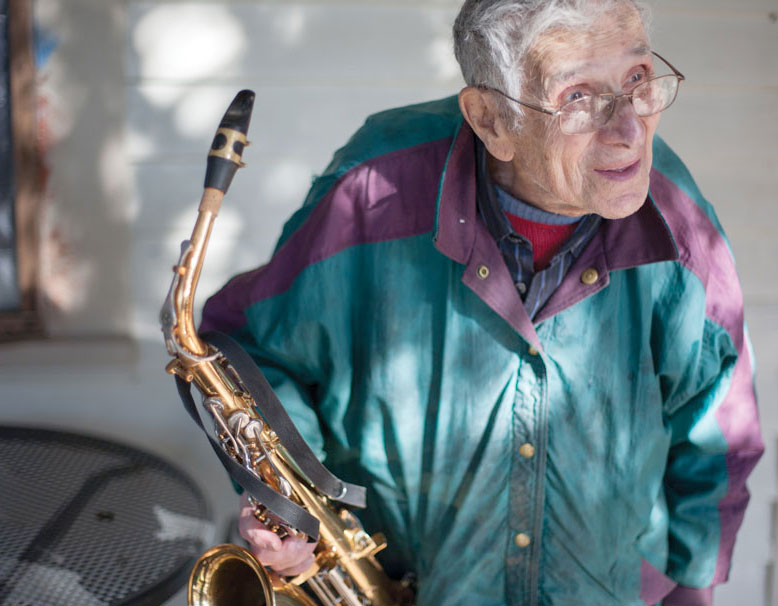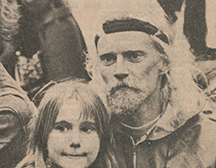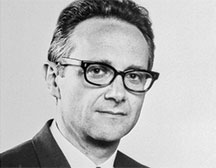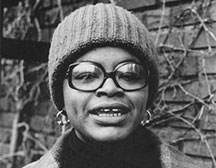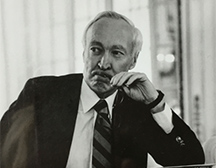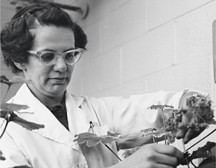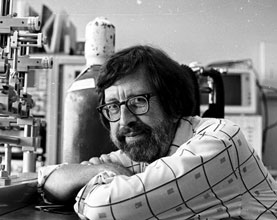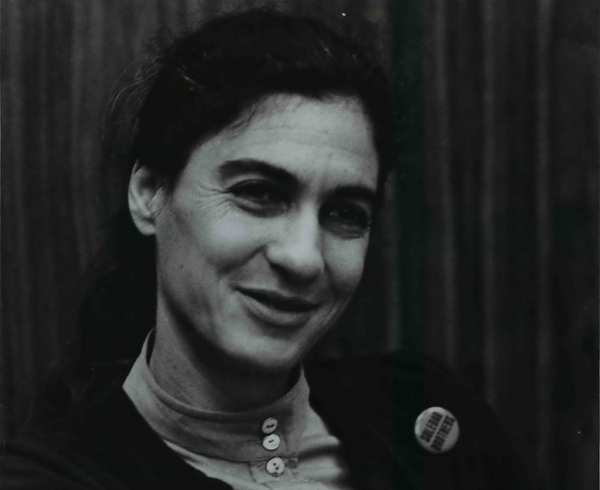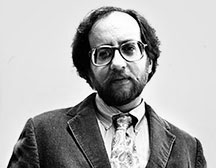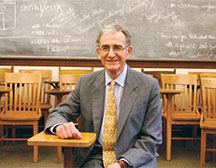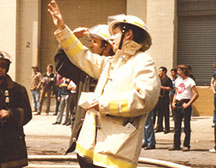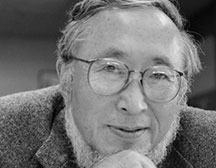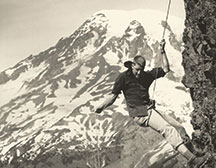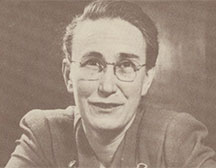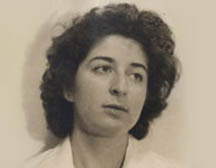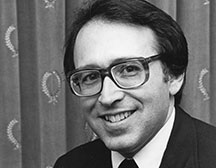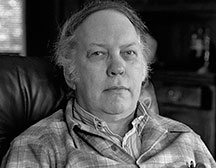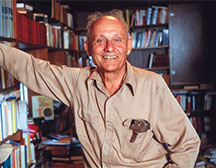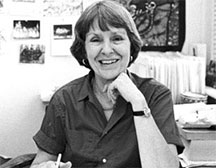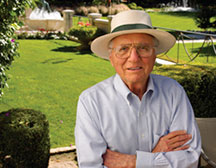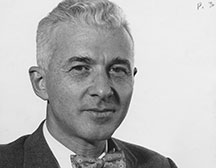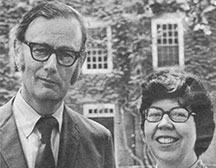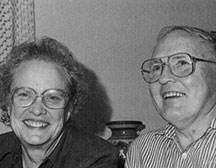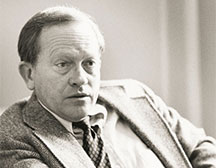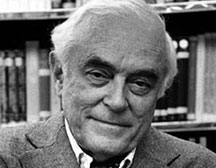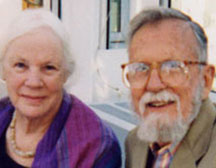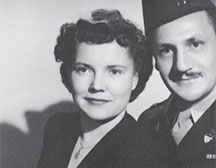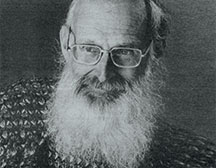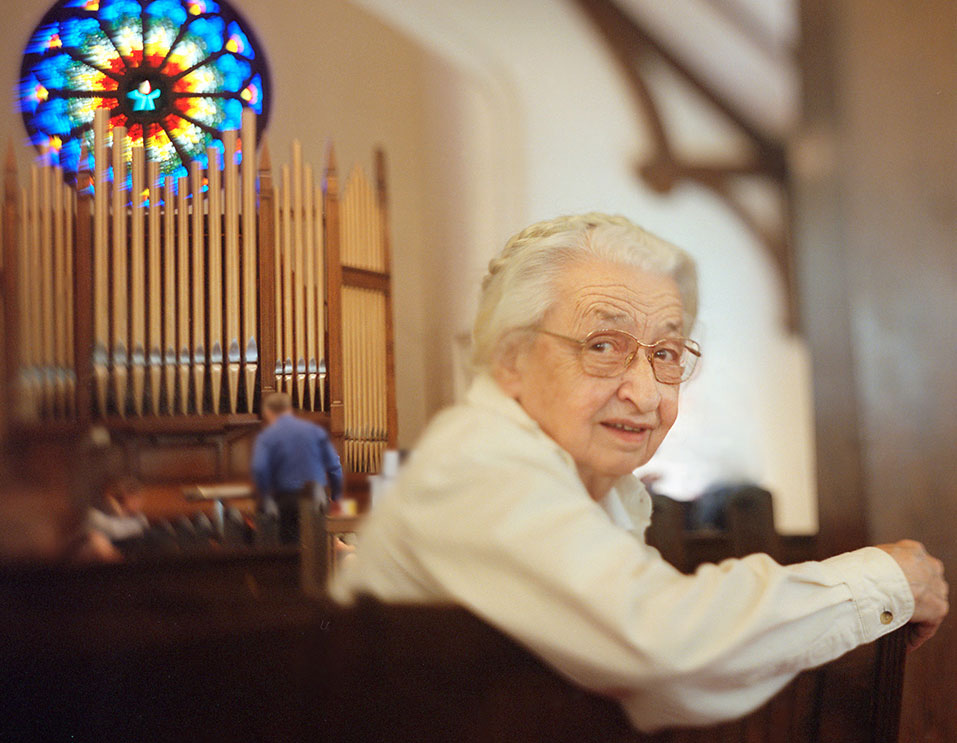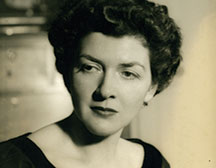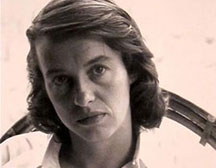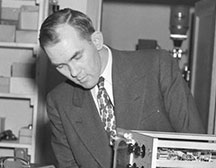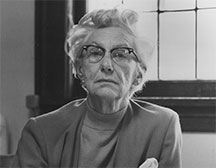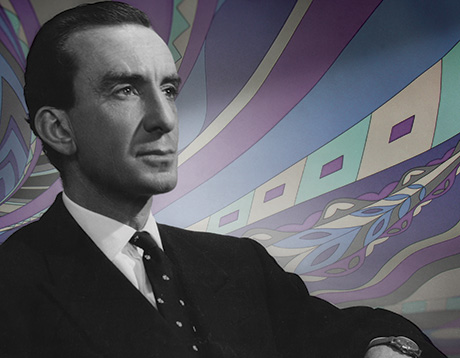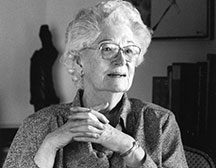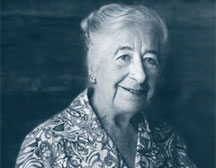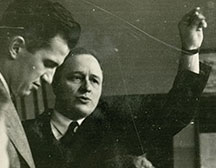Saw Land as a Resource, Not a Commodity
Merrill Mason Gaffney ’48
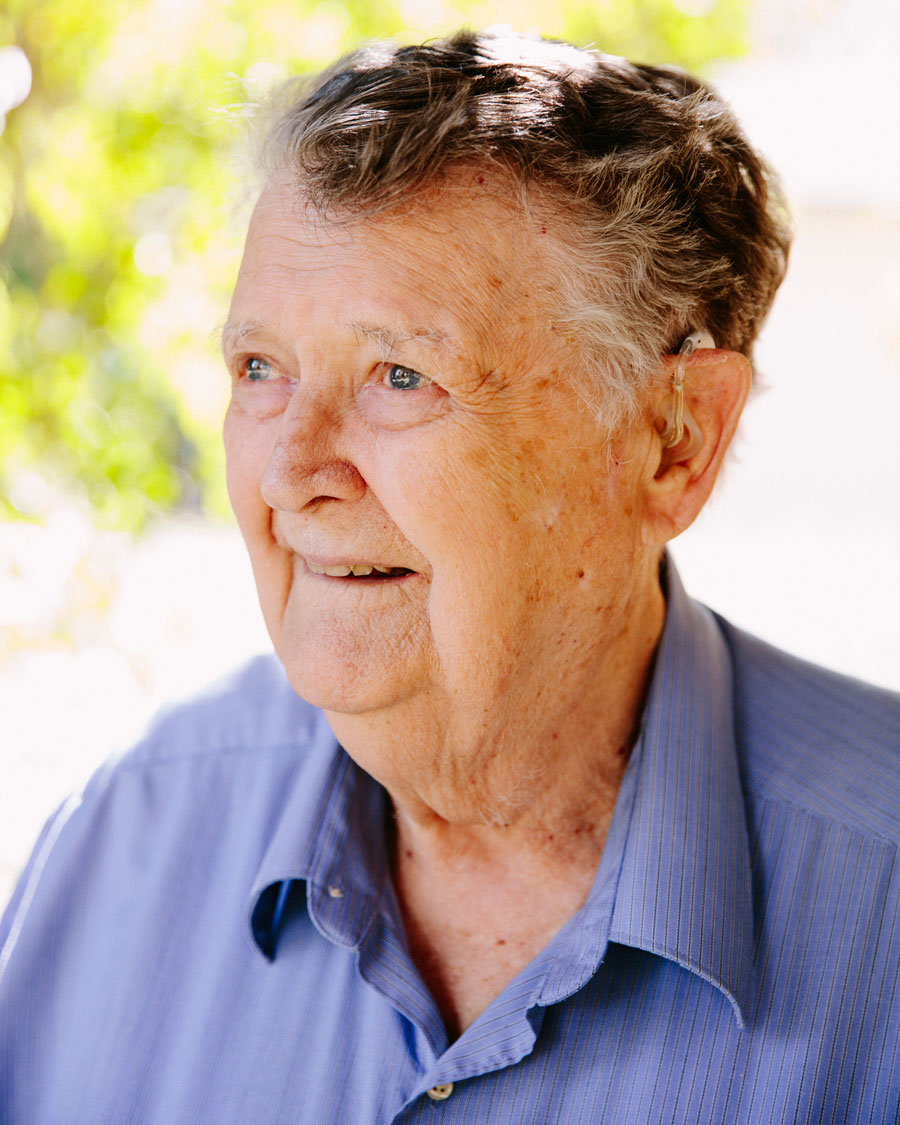
July 16, 2020, in Loma Linda, California, at the age of 96.
An influential economist, Mason was a trenchant critic of conventional neoclassical economics—the focus on goods, outputs, and income distributions in markets through supply and demand—arguing that the emphasis on capital and commerce was a tragic mistake. Like his intellectual forebear, Henry George, he argued that the solution to our problems has always been there—in the earth beneath our feet.
Born in White Plains, New York, Mason absorbed his parents’ social concerns and Christian values. His father was superintendent of the New Trier Township Schools and a Harvard professor. His mother worked for the United States Children’s Bureau in Washington, D.C., and was active in the League of Women Voters.
In high school, Mason was clipped by a car while riding his bicycle and remained bedridden for months. Among the reading material his mother provided during his convalescence was Henry George’s 1879 book Progress and Poverty: An Inquiry into the Cause of Industrial Depressions and of Increase of Want with Increase of Wealth: The Remedy. The 19th-century best seller proposed that a single tax on the land would close the wage gap and eradicate patterns of poverty resulting from a wealth disparity created by land monopolies and private interest.
As an economist, Mason maintained that taxing land, but not buildings, would force property owners to get the most out of the land by building on it. As the old saw goes, what is a skyscraper but a machine for getting cash out of the ground?
He pointed to the example of San Francisco after the 1906 earthquake. The city had been razed by fire, and the mayor—who had helped George write Progress and Poverty—had nothing to tax but land value. The mayor raised the assessment on land to replace the part of the tax base that had been lost in the fire, the city’s credit was restored, and it began borrowing to restore infrastructure. This resulted in tightly packed residential housing and taller buildings, with the proceeds plowed into public works for the city. In little more than two decades, San Francisco grew to be the 10th largest city in America without any state or federal help to speak of, and without expanding its land base.
As a Christian, Mason saw ethical value in George’s framework; as a product of the Great Depression, he recognized historical significance in George’s movement; as a student, he imagined a future education steeped in Georgist ideology.
As Mason told the story, the land and its resources are the central protagonists, the landowner plays a naive villain, and the sales tax hangs around like a hungry wolf. Armed with this perspective and a journalist’s way with words, he wrote more than 150 articles on subjects from market crashes to the future of cities to the perils of military spending—marked by analysis that was often decades ahead of his contemporaries.
After graduating as valedictorian from New Trier High School, Mason enrolled at Harvard. But he was disappointed by Harvard’s economics department. Few of his professors were familiar with Progress and Poverty, and he found little support for his Georgist analyses. Then came WWII; he was drafted into the U.S. Army Air Corps, serving as a communications officer in Manila.
“I spent a lot of time in the Philippines and New Guinea, and got to observe the social and economic conditions close at hand,” he said. “It confirmed my suspicion that land tenure was unequally distributed and made me suspicious about American imperialism.”
When he returned to civilian life, he transferred to Reed and wrote his thesis, “A Study of the Causes of Unemployment,” with Prof. Arthur Leigh [economics 1945–88]. It was a formative experience. Prof. Leigh fired his intellectual curiosity, encouraging him to refer to the great thinkers of the past while simultaneously breaking the mold and applying Georgist frameworks to contemporary problems. “He was the spirit of Reed,” Mason said.
“Reed was a wonderful mid-passage in my growth,” he said. “It gave me some quality conventional training, accompanied by freedom to feel my own way. Moving from Reed to grad school at Berkeley was like going backwards, from high school to primary school. Art Leigh, my primary mentor, was an optimal combo of conventional trainee from Chicago with the Reed spirit of free adventure.”
At the time, economists tended to overlook the role of land in the broader scheme of the capitalist system. Mason argued that unemployment was due in part to credit rationing, the process of limiting otherwise available credit to borrowers despite demand and a willingness to pay interest. With credit dispensed at the often senseless discretion of lenders, land ownership and monopoly create a hierarchy of access, ultimately resulting in wealth disparities and a grave misuse of the land and its resources.
The issue of land misuse continued to gnaw at Mason long after Reed. He went to UC Berkeley to study agricultural economics and developed his own ideas, which centered around the inherent value of socializing the land within a free enterprise system.
“If anyone had ever read the Bible,” he said, “they would pick these ideas up.”
At Berkeley, he was attacked by students who held his religious views in contempt and by McCarthyites who sought to have him expelled after he wrote an article arguing for more equitable redistribution of the land.
After receiving his PhD in 1955, Mason was hired as an enumerator for the U.S. Census of Irrigation. During this time, his Georgist underpinnings moved from the abstract to the applied. He studied forest management, the timber industry, and water laws, producing incisive analysis that elevated him “from just another nice boy with good grades to someone serious.”
In 1969, he became an economics researcher for Resources for the Future, an environmental organization in Washington, D.C. Four years later, he helped found the British Columbia Institute for Economic Policy Analysis in Vancouver, where he worked on sustainable logging.
He climbed the ivory tower, first as a professor at various universities, then as a research associate and director of think tanks. In 1976, he took a teaching position at UC Riverside, where he served on the economics faculty for 39 years and earned the reputation of being the foremost Georgist of our time.
Through a Georgist lens, he interpreted some of the major economic dilemmas of our time, such as the market crash of 2008, American dependence on foreign oil, and tax reform. His articles demonstrated shrewd historical insight peppered with a cheeky panache, with titles like “Sleeping with the Enemy” and “The Sales Tax: History of a Dumb Idea.”
“Every time you read one of Mason’s articles,” said economist James Galbraith, “you come up with something that places in a very crisp and clear light some important issue, and he has thoroughly persuaded me over the years on the centrality of the question of land rent to our understanding of economics.”
Mason authored or coauthored a number of books, including New Life in Old Cities: Georgist Policies and Population Growth; Beyond Brexit: The Blueprint; After the Crash: Designing a Depression-Free Economy; and The Mason Gaffney Reader: Essays on Solving the “Unsolvable.”
“The impossible dream is not for the young alone,” he said. “Perhaps it’s what keeps one young.”
His marriage to Estelle Lau in 1952 ended in divorce. In 1973, he married Ruth Letitia Atwood, known as Tish, who died in 2017. He is survived by three daughters, Ann Gaffney Shores, Laura Atwood Gaffney, and Patricia Mason Gaffney; and three sons, Bradford, Stuart, and Matthew.
Appeared in Reed magazine: December 2020
comments powered by DisqusFrom the Archives: The Lives they Led
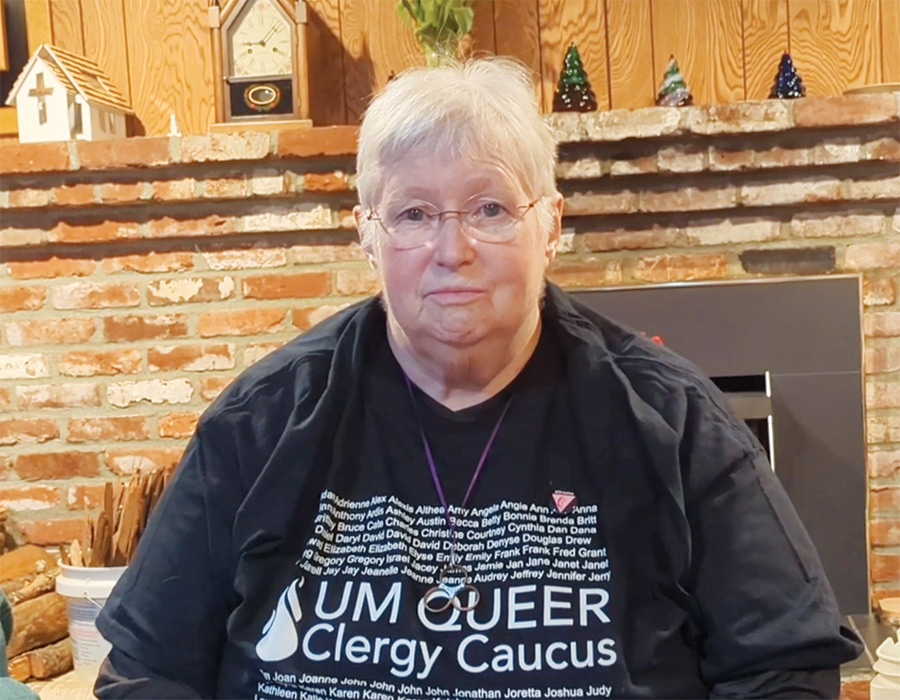
Jeanne Knepper ’69
The First Openly Gay Woman to Be Ordained and Appointed Within the Oregon-Idaho Conference of the United Methodist Church
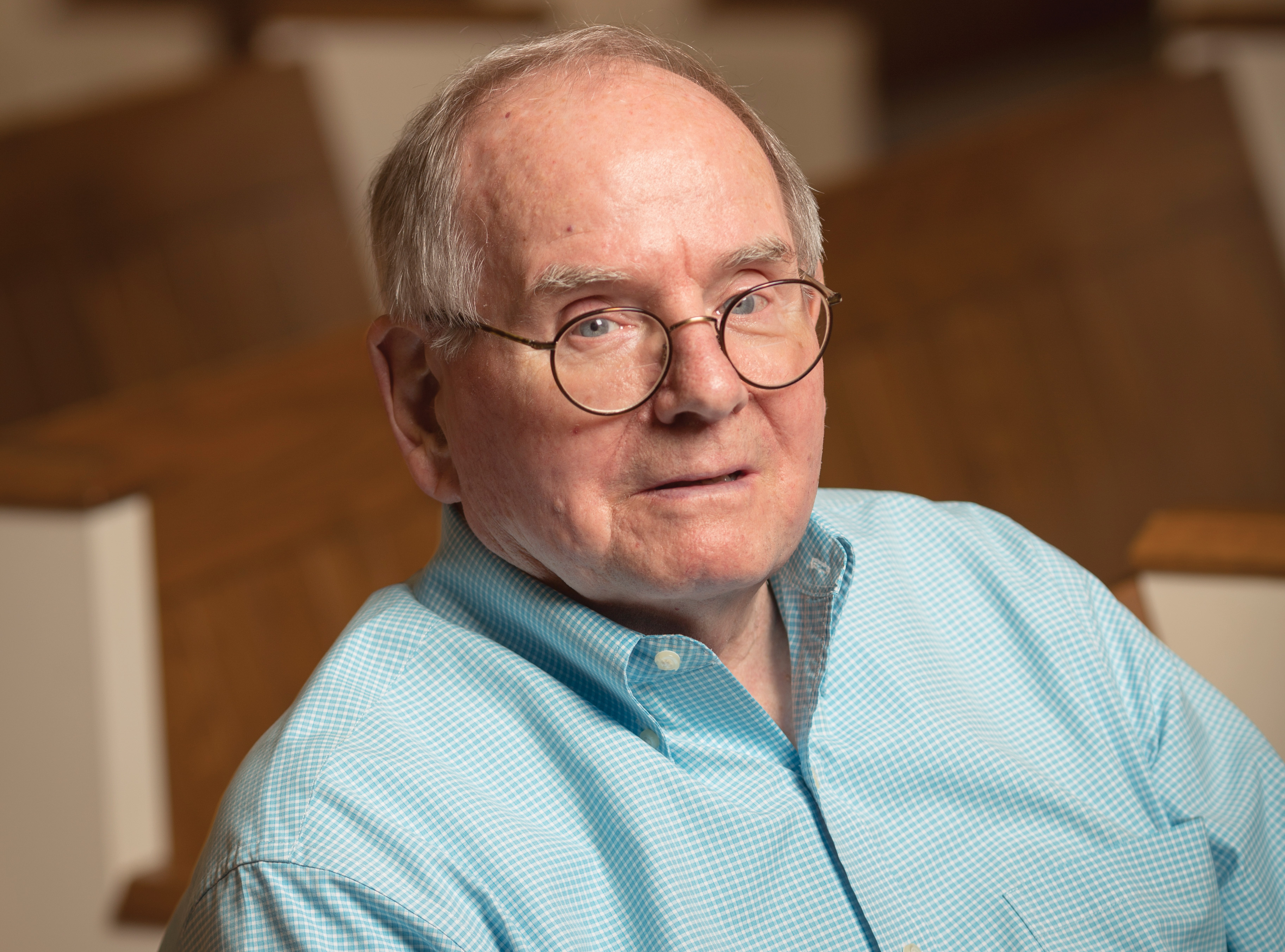
William Haden
As Acting President of Reed, He Strengthened the College's Finances and Alumni Relations
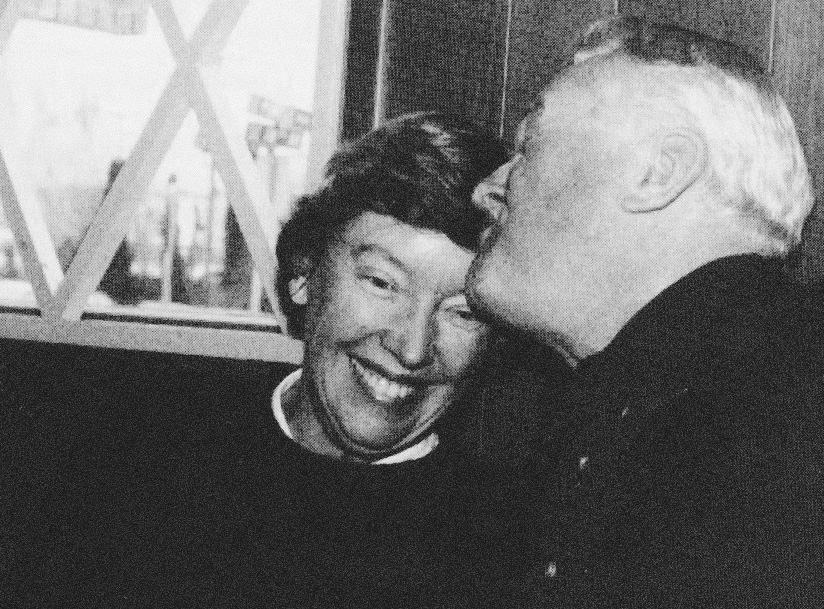
Nancy Horton Bragdon
Reed’s First Lady Whose Warmth and Leadership Were Invaluable During a Turbulent Time

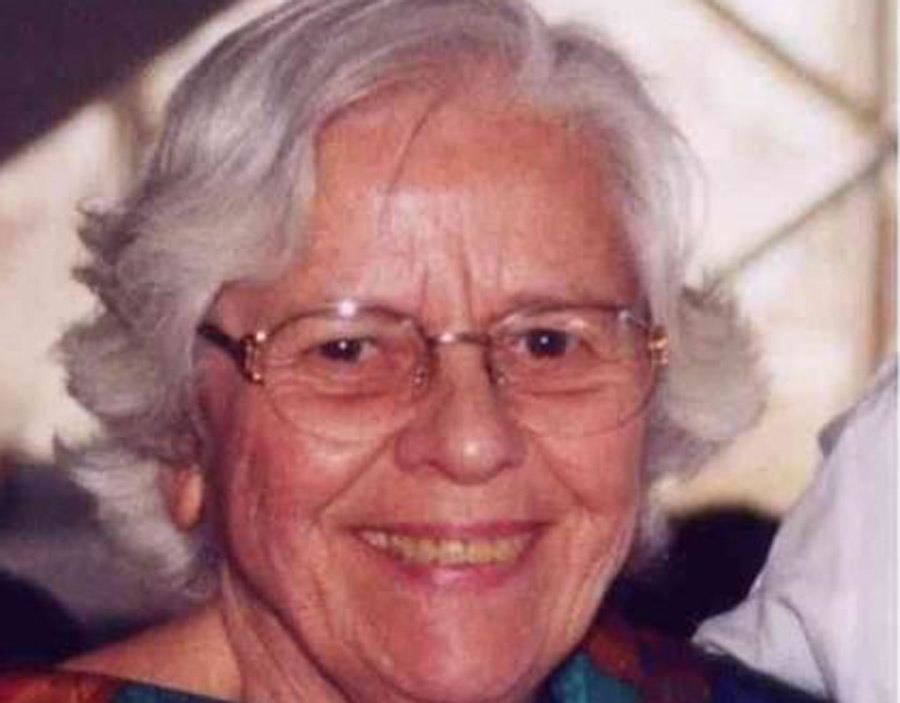
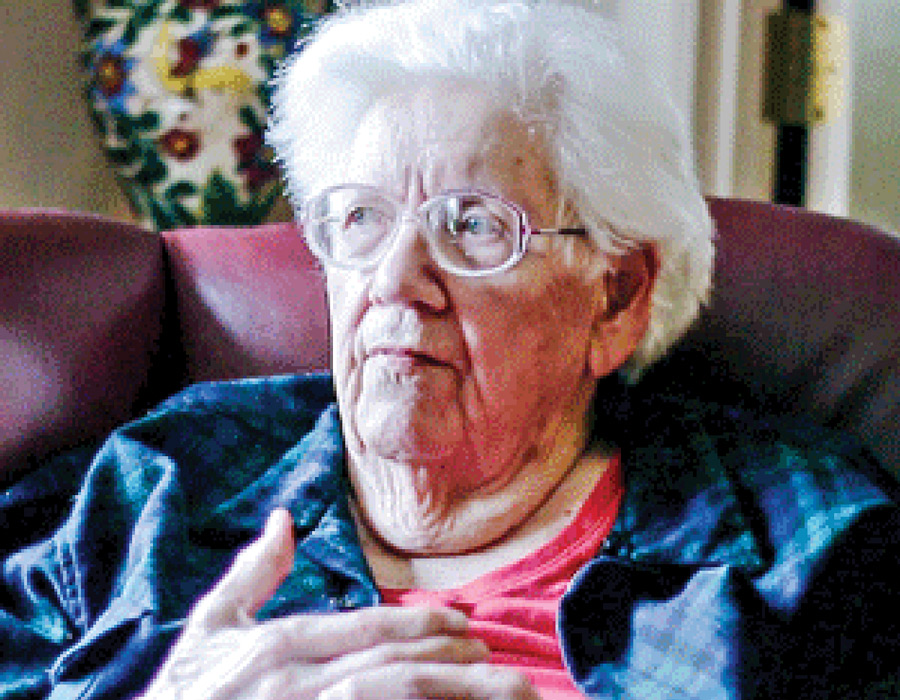
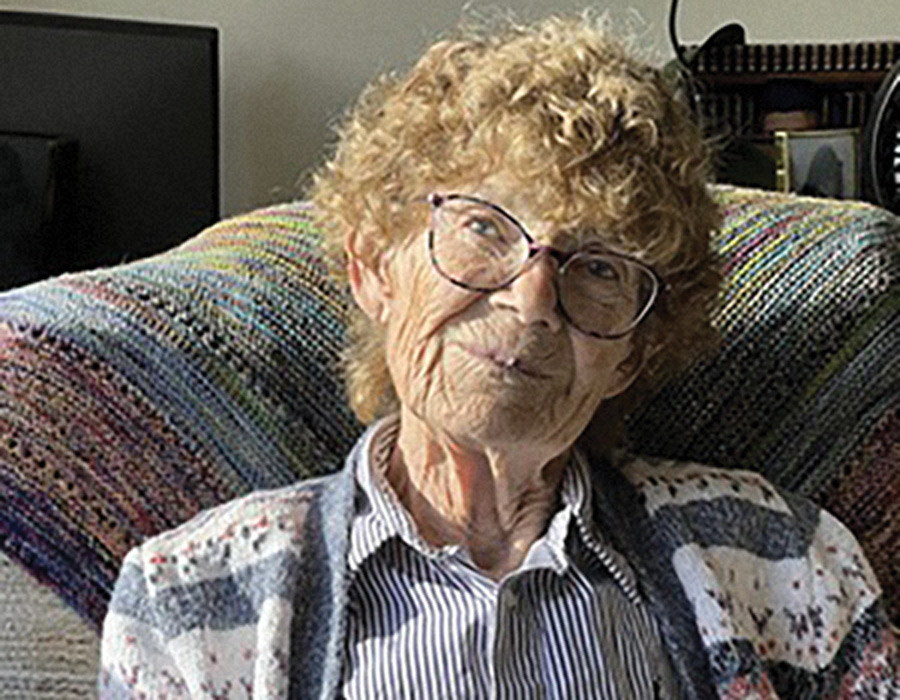
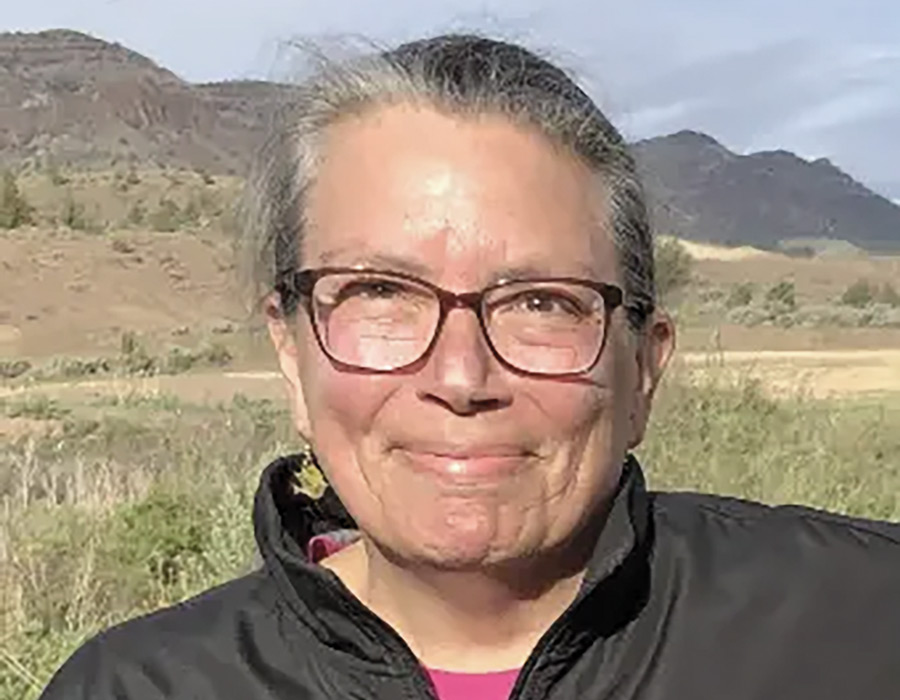
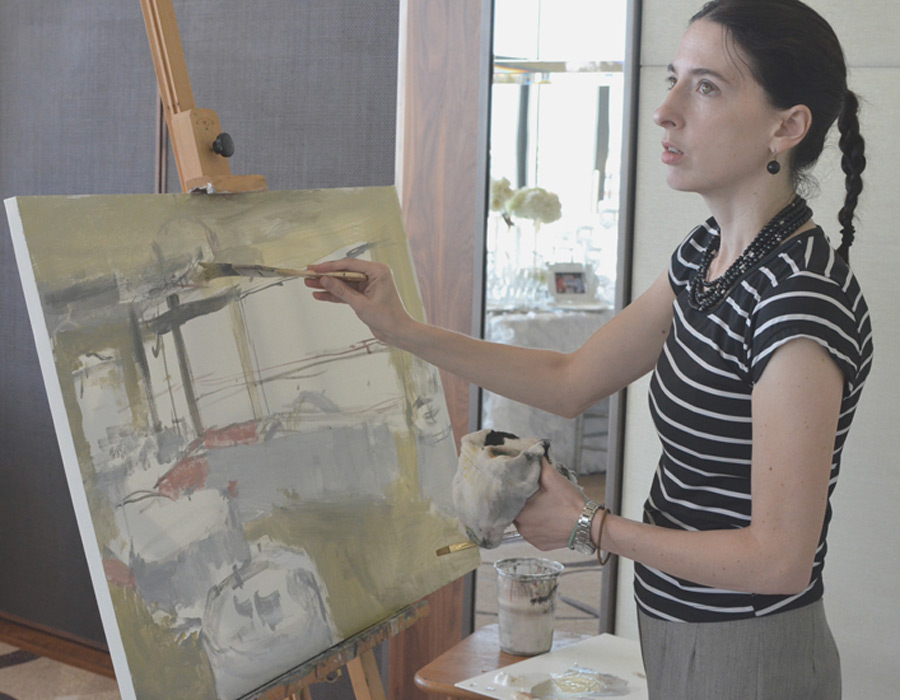
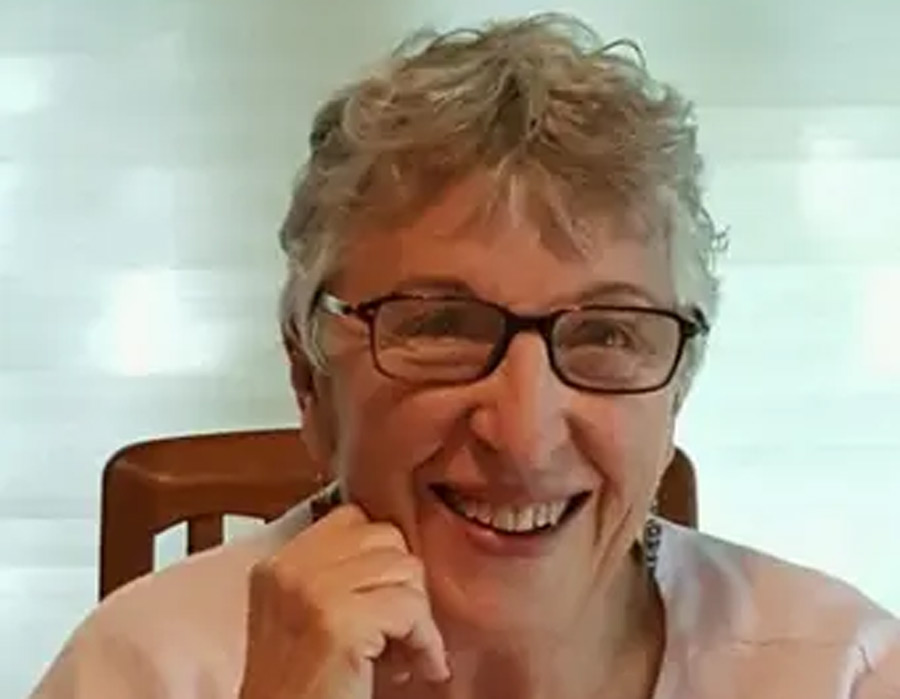
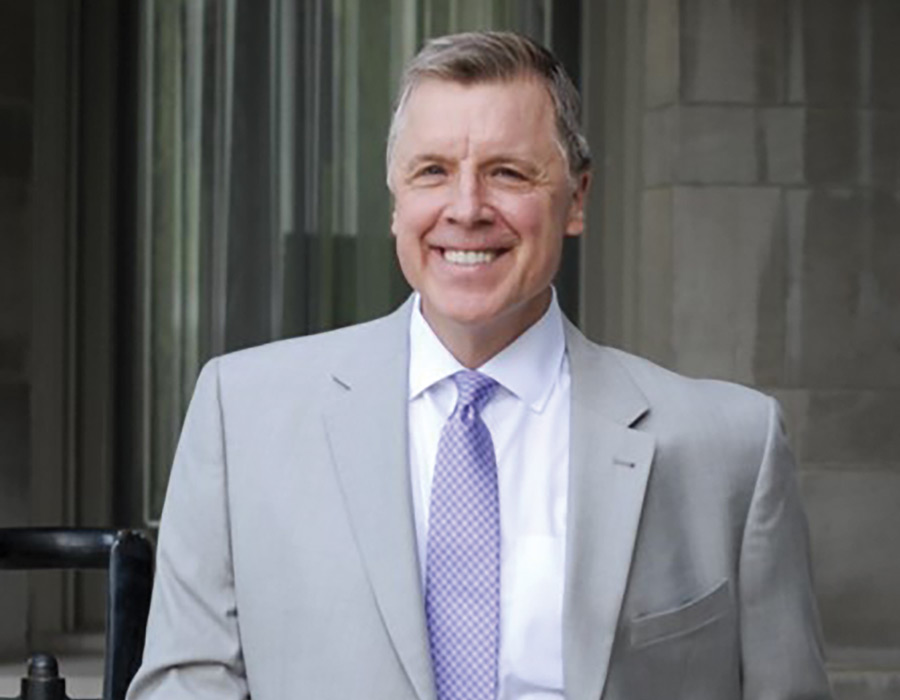
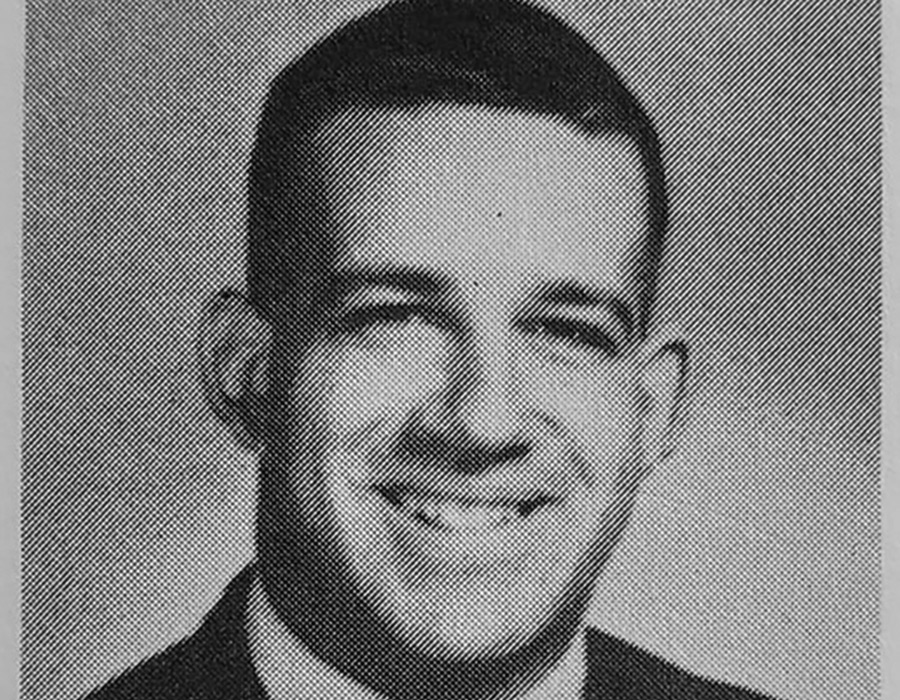
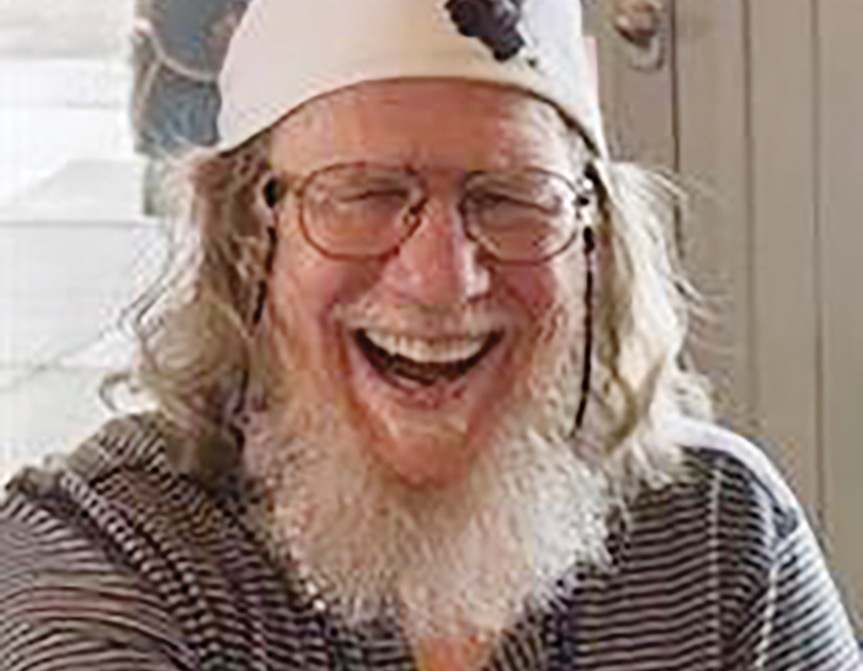
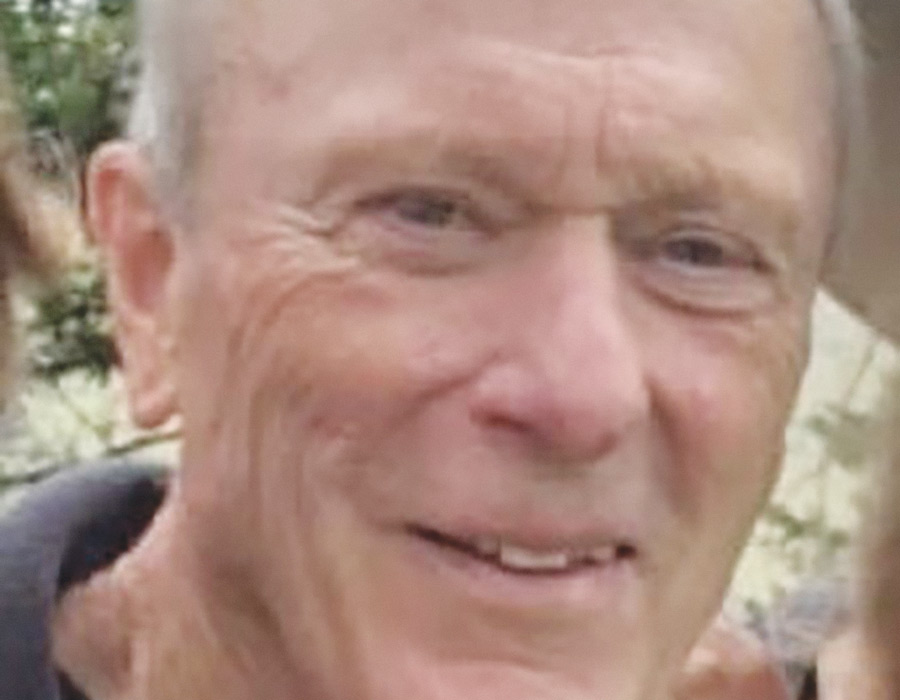
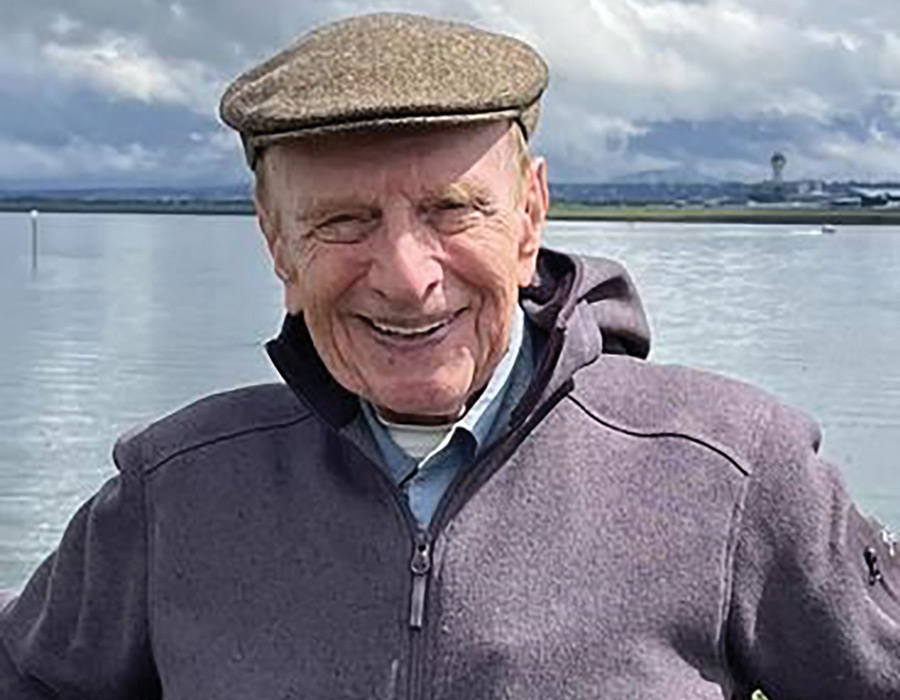
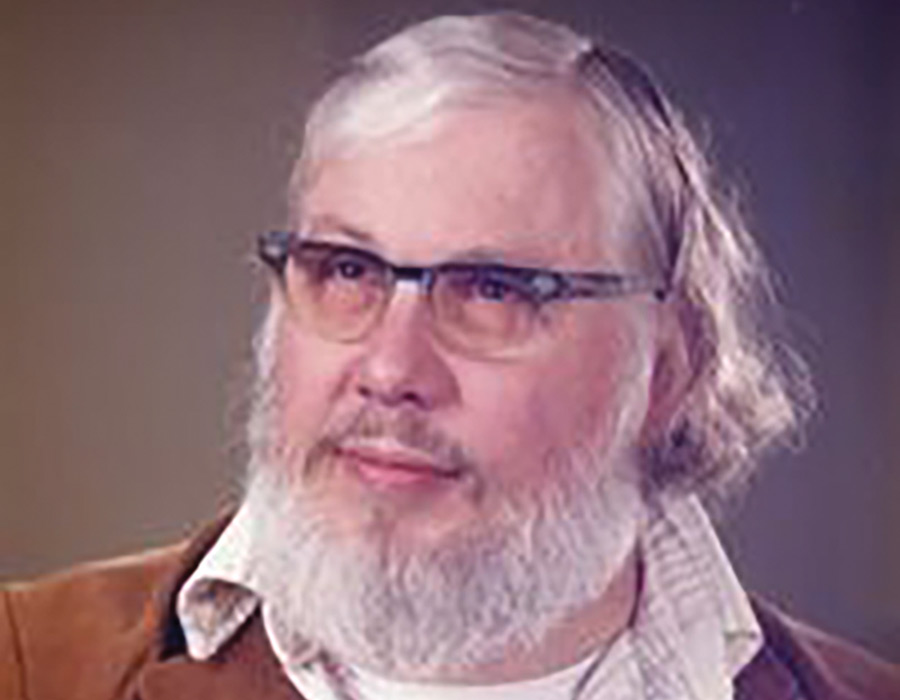
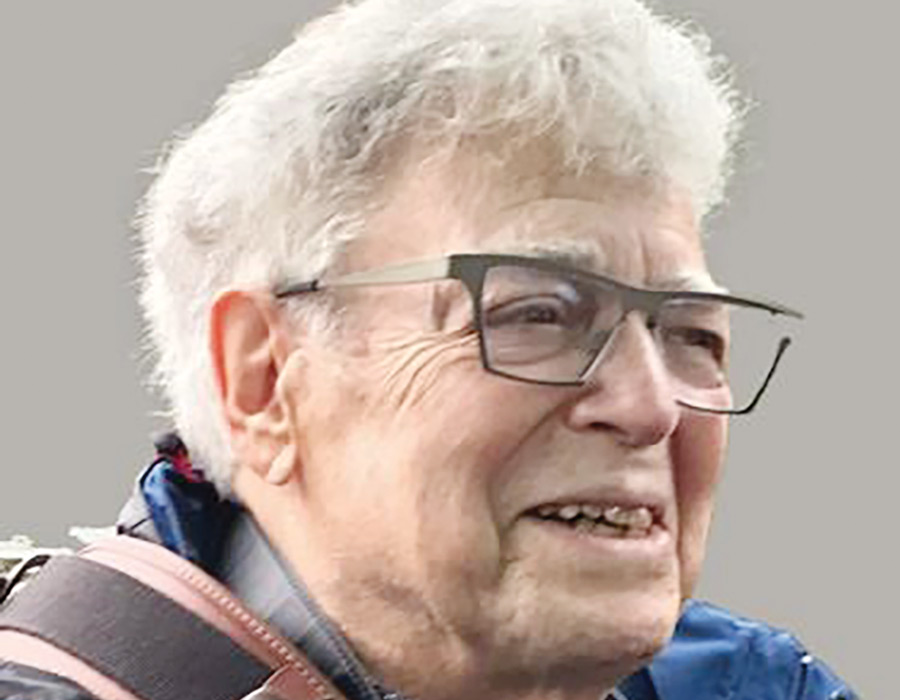
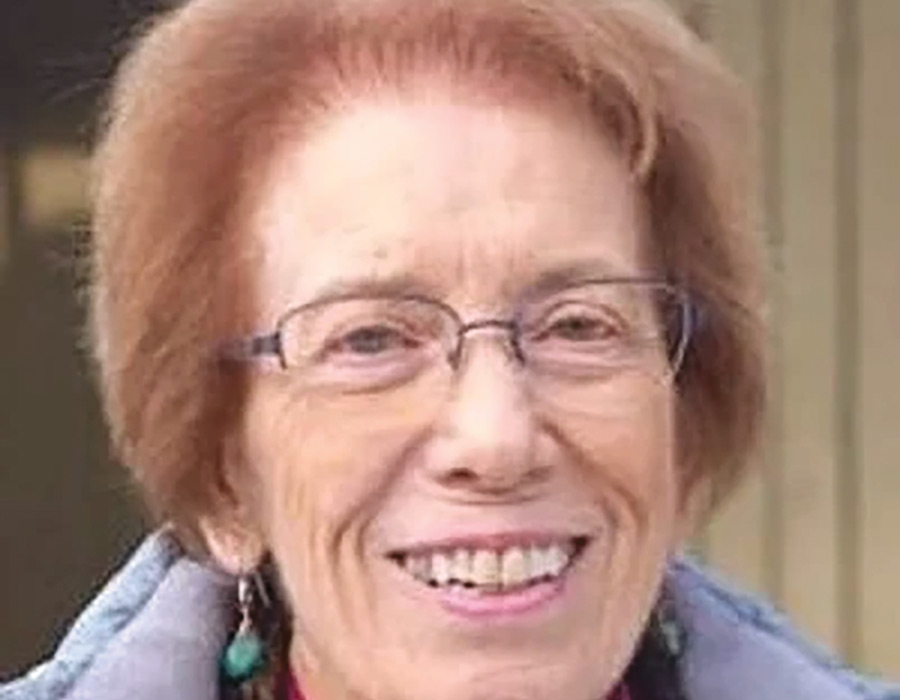
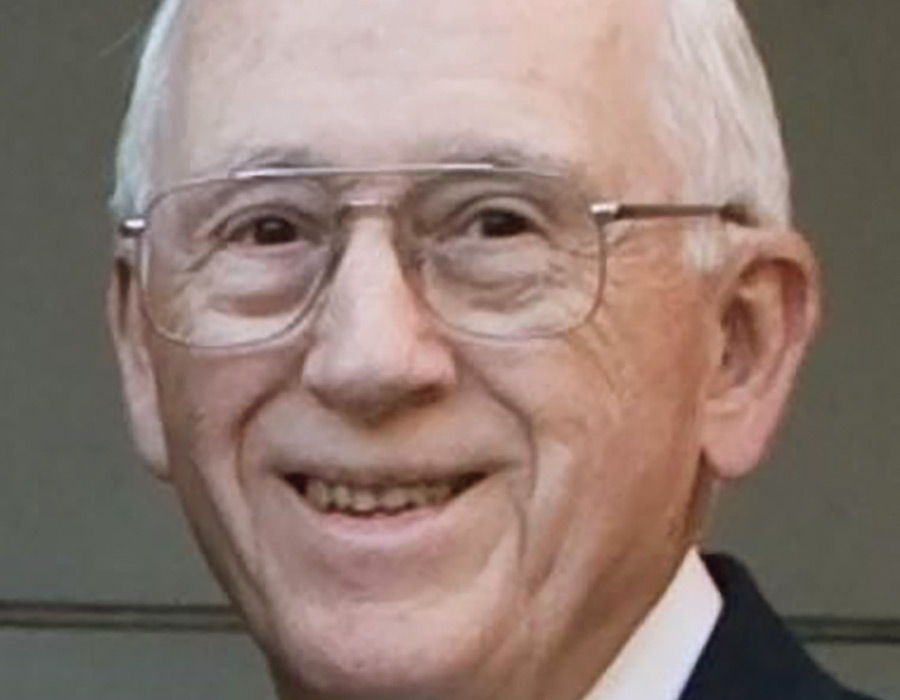
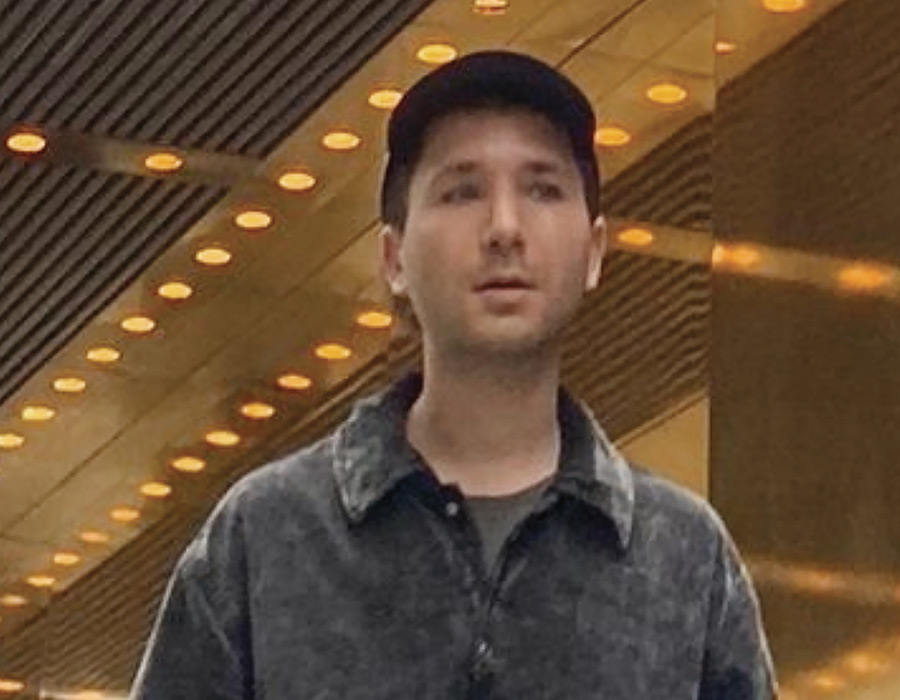
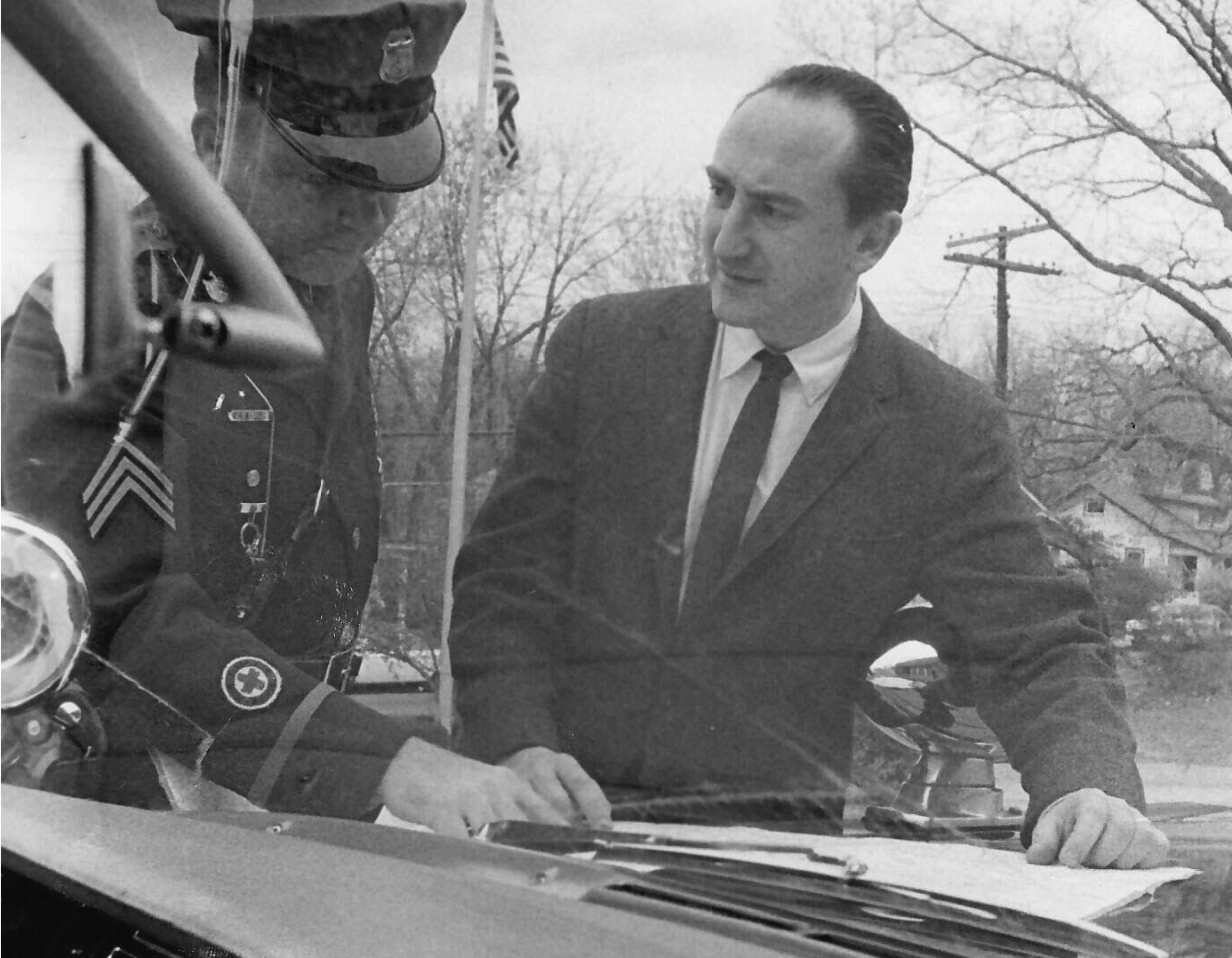
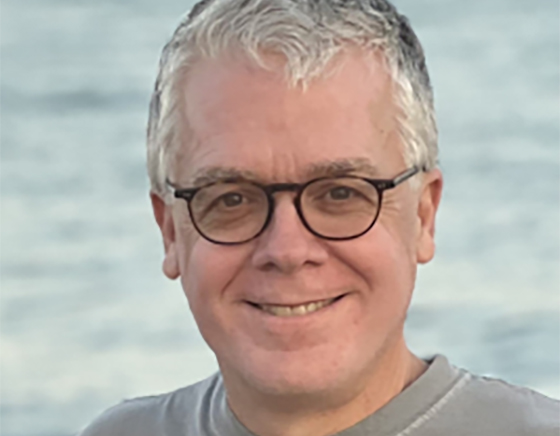
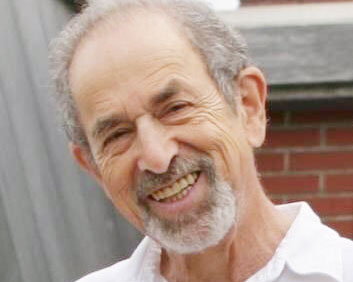
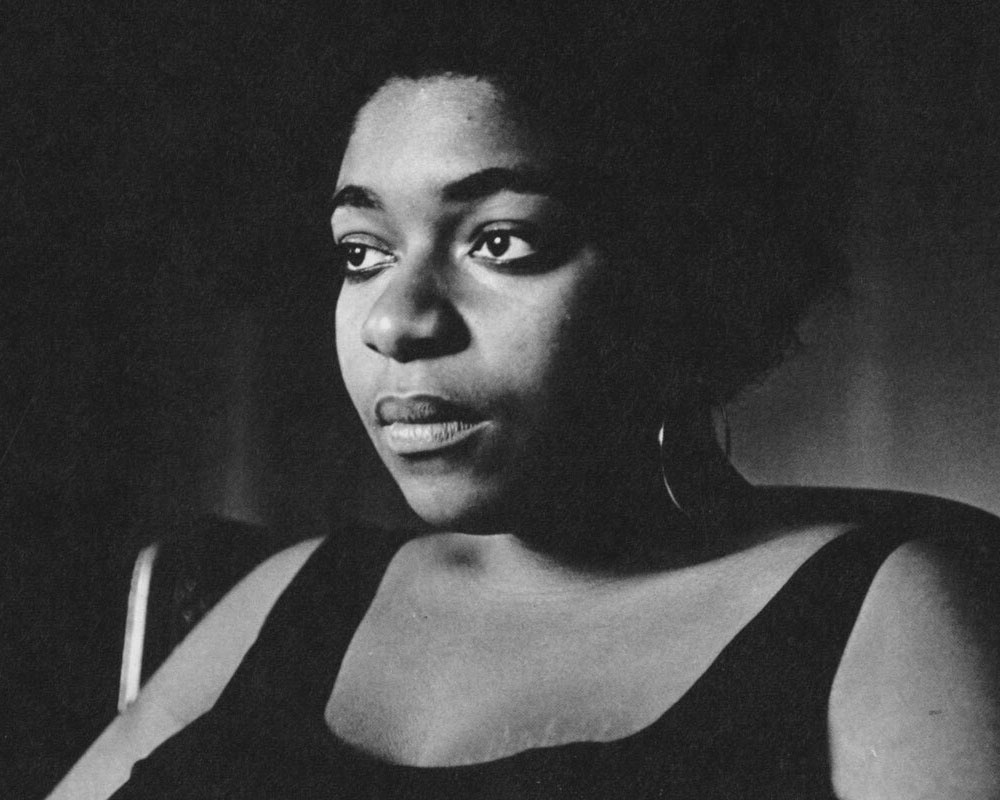
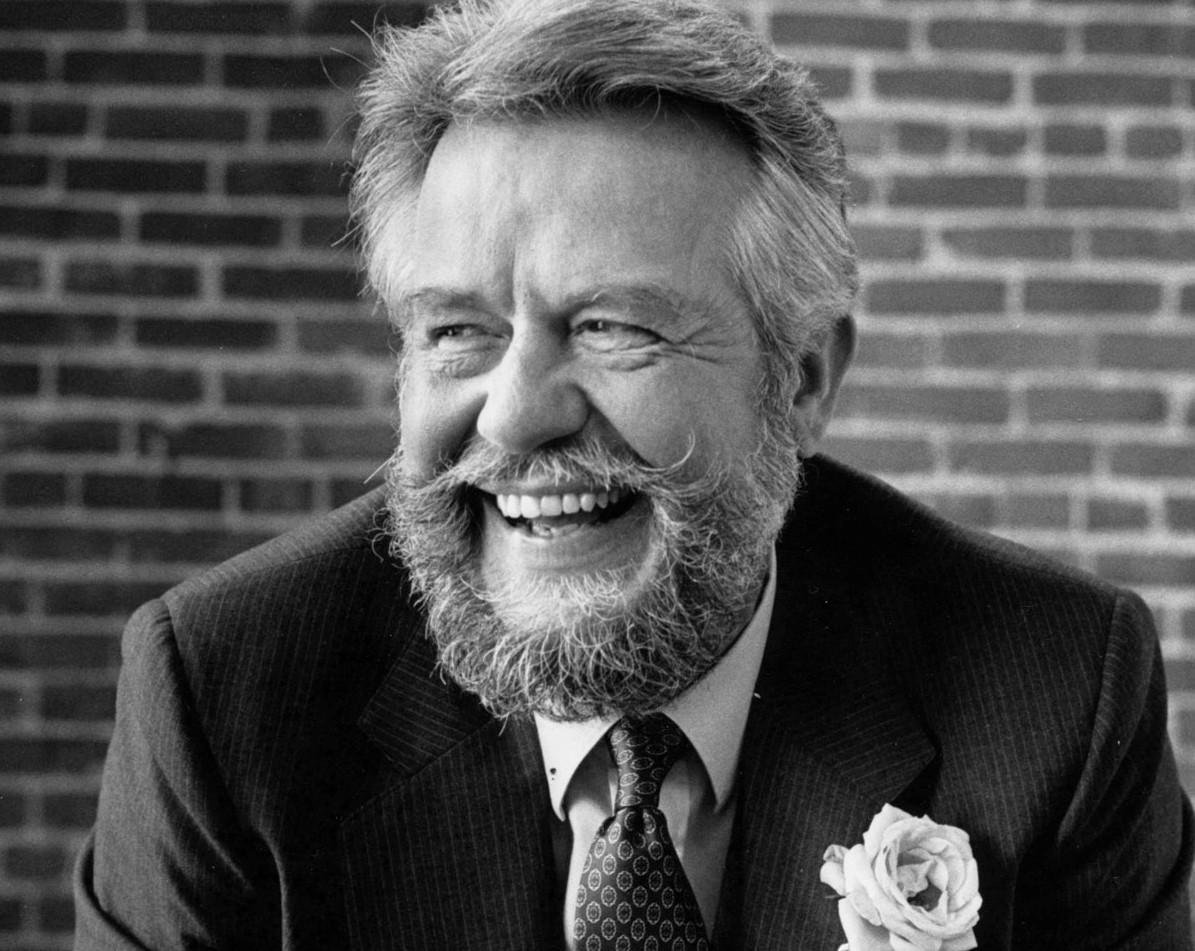

![Photo of Prof. Marvin Levich [philosophy 1953–94]](https://www.reed.edu/reed-magazine/in-memoriam/assets/images/2022/LTL-levich1.jpg)
![Photo of President Paul E. Bragdon [1971–88]](https://www.reed.edu/reed-magazine/in-memoriam/assets/images/2020/Bragdon.jpg)
![Photo of Prof. Edward Barton Segel [history 1973–2011]](https://www.reed.edu/reed-magazine/in-memoriam/assets/images/2020/Segel.jpg)
